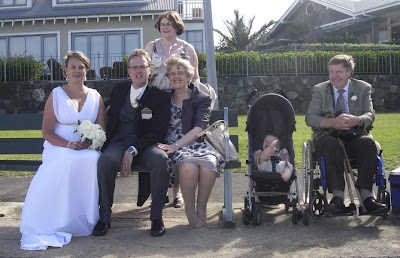The coastal region of Mon Repos is home to an established Turtle Rookery. Visitors pay for places on conducted groups that are escorted to the beach to witness turtles during part of their reproduction cycle, either egg laying or young hatching.
On this occasion it is the laying season and we arrived at the centre on time, where we received a briefing and then a slide show. Several groups were booked in that night including a few school parties and our group was at the end of the pecking order.
Rangers patrol the shore keeping a lookout for turtle that are swimming to the shore to lay eggs. They then report back to the centre and the next available group is shepherded to the exact location to observe.
Groups were called and time passed. I think we exhausted their supply of educational DVDs and it was nearing 11:00pm before the rangers sighted yet another arriving female turtle and we were 'called'.
It was worth waiting. because we got two for the price of one. The first turtle came ashore, selected her site and started to dig a hole. Our experienced guide knew the particular turtle as she had been ashore previously this season and failed to lay. She had a damaged hind flipper and she had problems digging though not enough to stop her from making a nest. Sure enough it was another abortive attempt and we felt we had drawn the short straw for the evening. Then a ranger hurried to our guide and reported another arriving female.
We were led to the new site and we watched the full process of digging - a long and pains taking task - followed by laying and covering. It takes over an hour to complete.
Next we watch her make her way back to the sea, taking care to allow her to lead and staying out of her line of sight for fear of frightening her and jeopardising her future return visits. We returned to the nest, for it seems that this female has not been 100% successful in her choice of site. Too far away from the sea can cause problems, but so can too near to the sea, temperature is critical and also protection from the ebb and flow tides.
This nest is in the latter category and the eggs must be unearthed and replaced in a man-made nest further inshore.
We are invited to take part in the task as 'egg-bearers'. Our guide digs and counts the eggs. Memory fails, but I think there were about 120. Another ranger digs a replica nest and we form a line, accepting an egg from our guide and carrying iy up the sand to the ranger at the new hole.
It was early morning by the time we finished and drove home. But an evening well spent. Our ranger reckoned it was the latest visit for qiute some time.




































.jpg)




